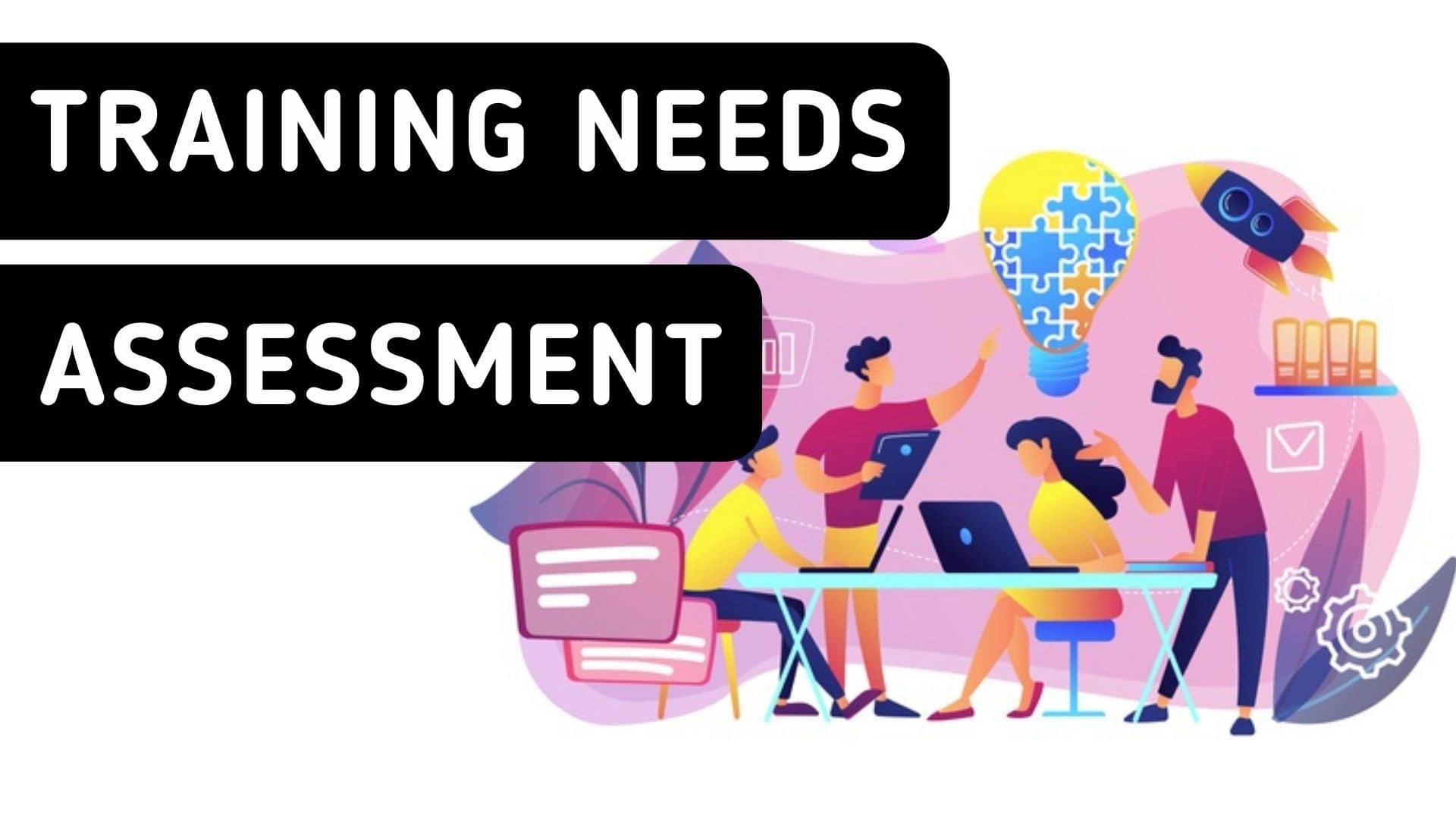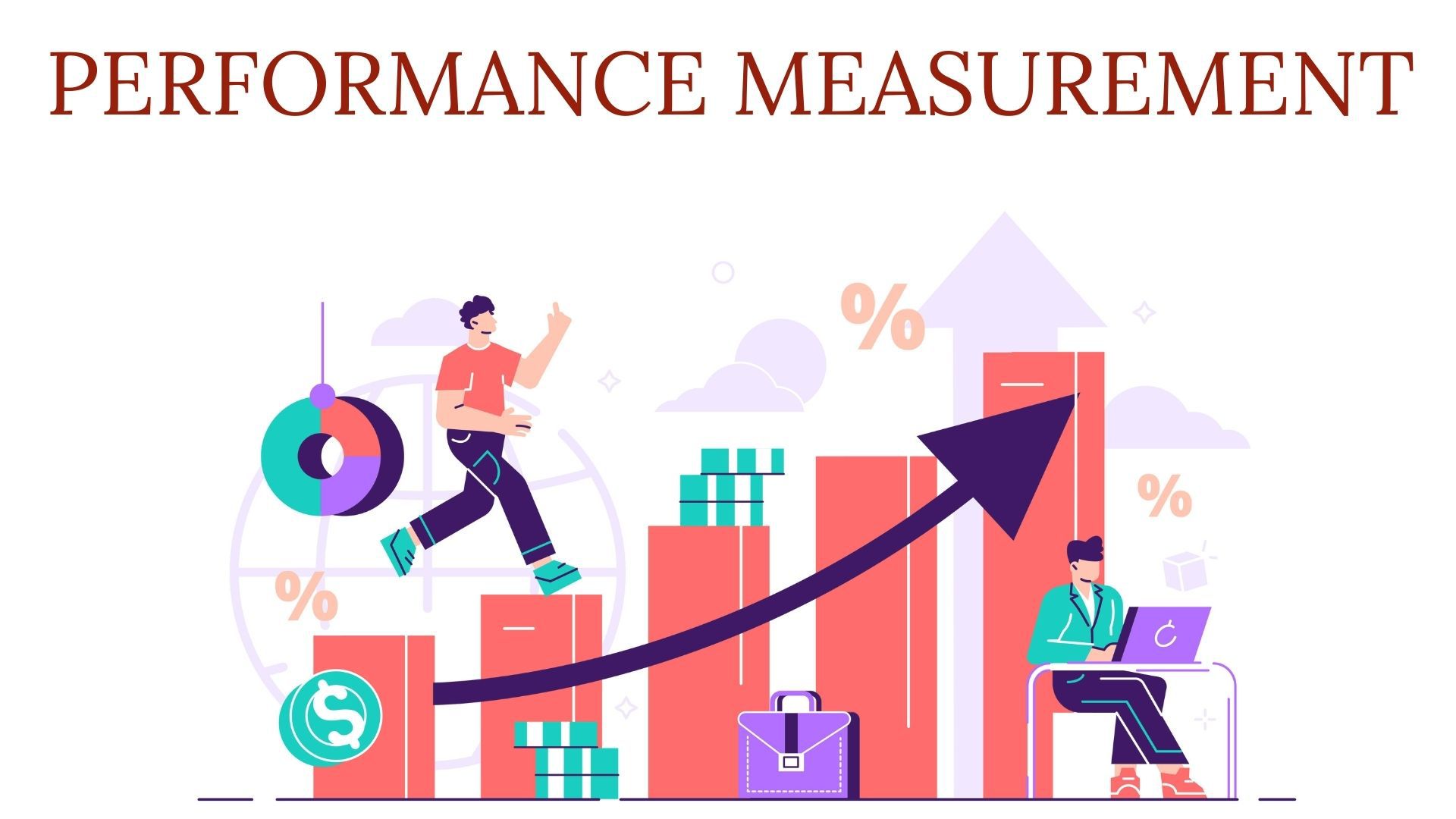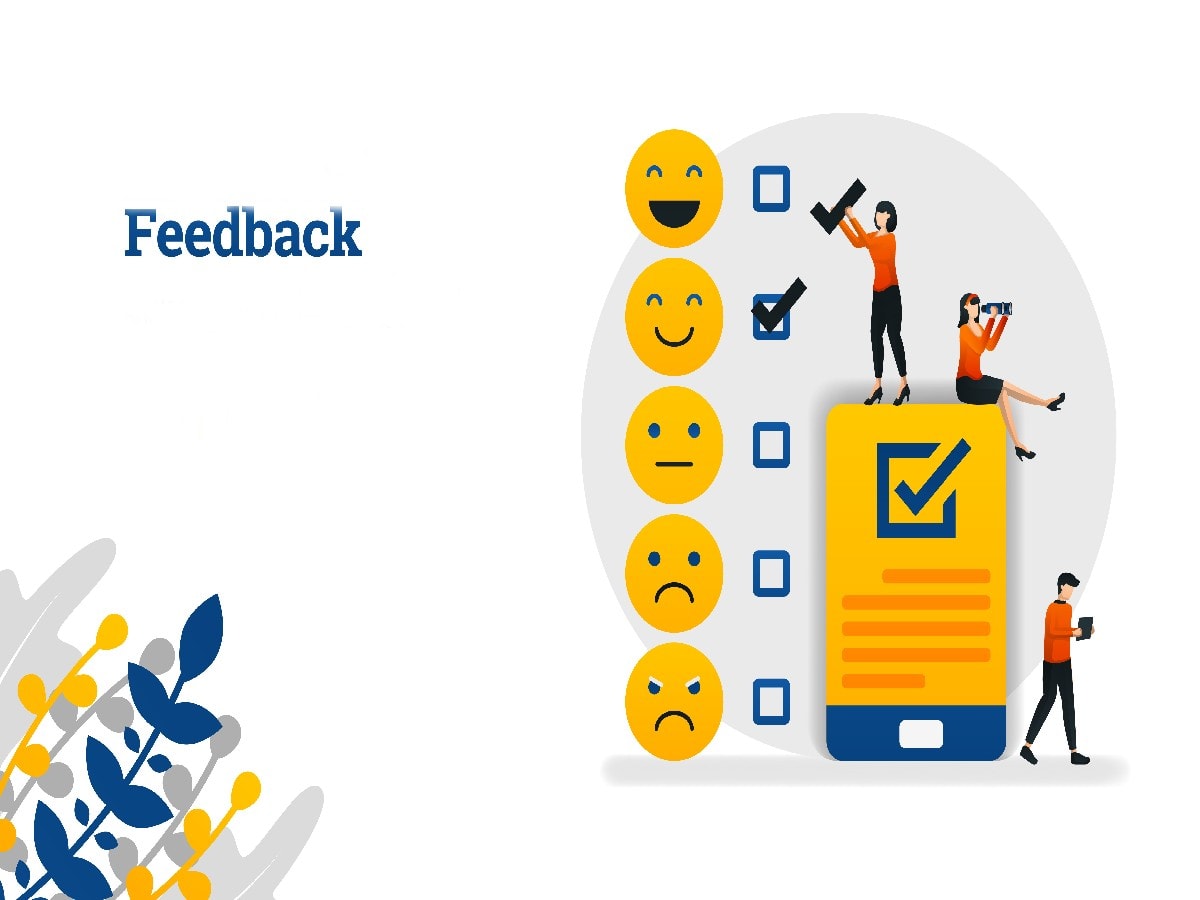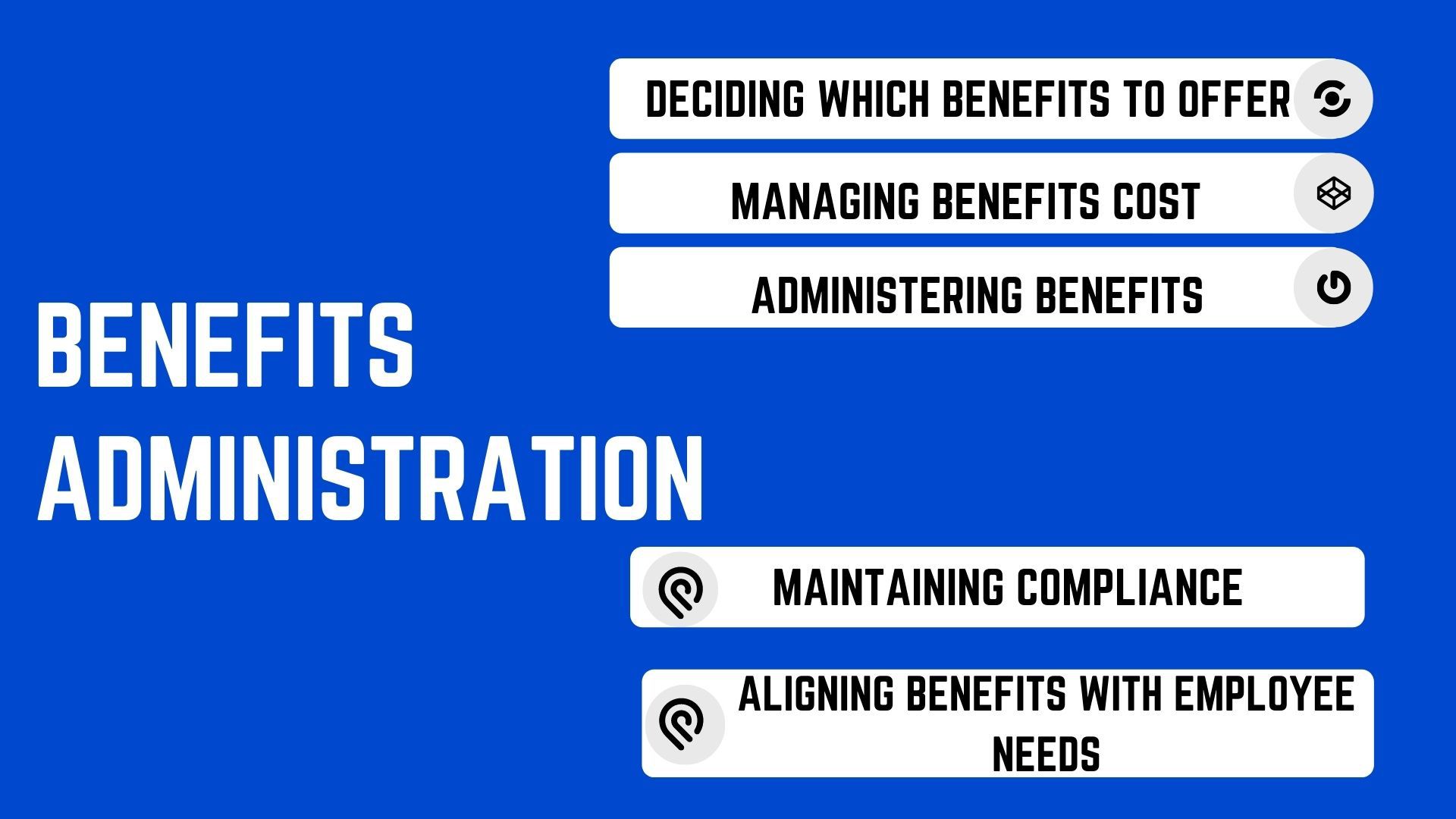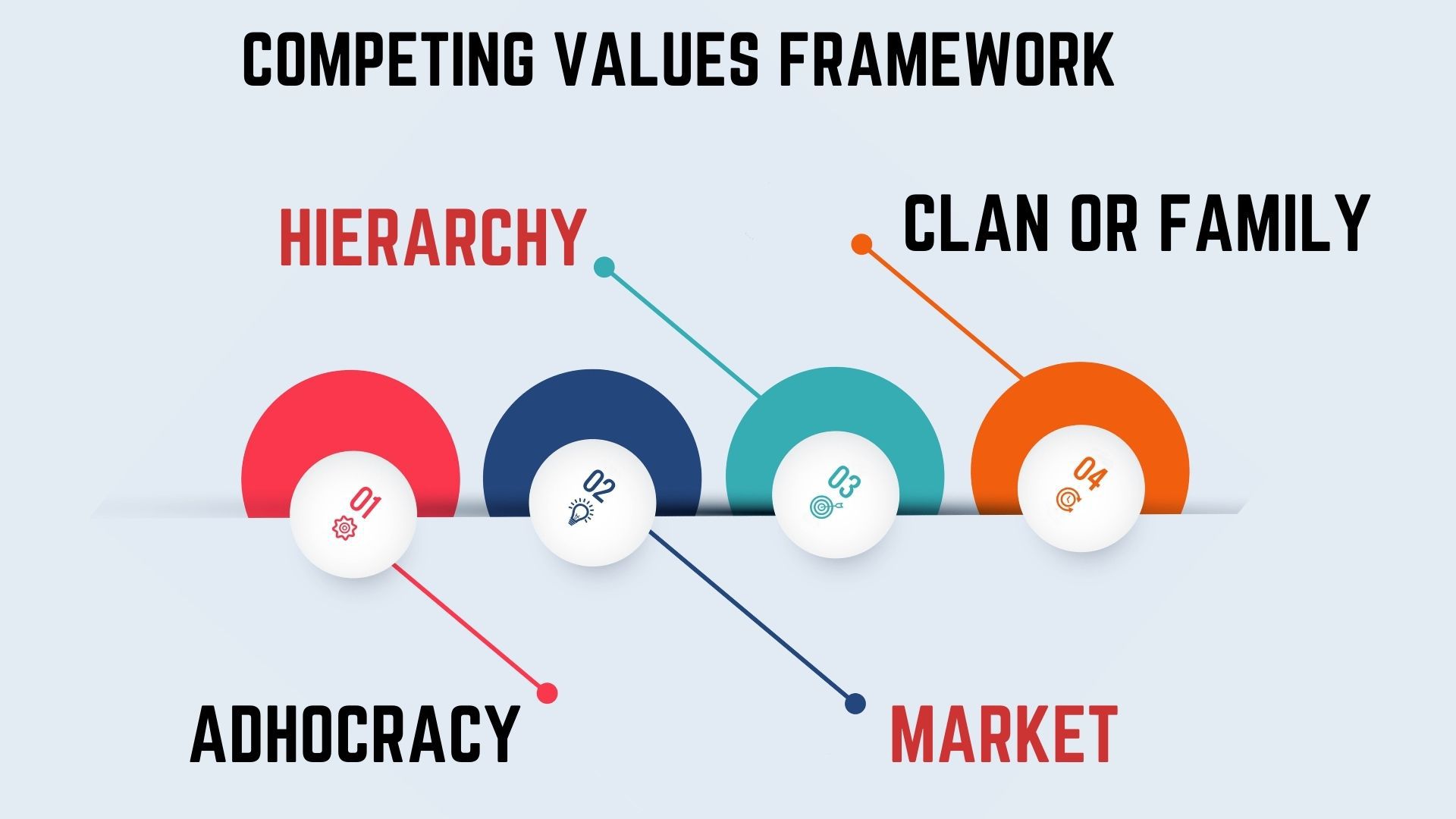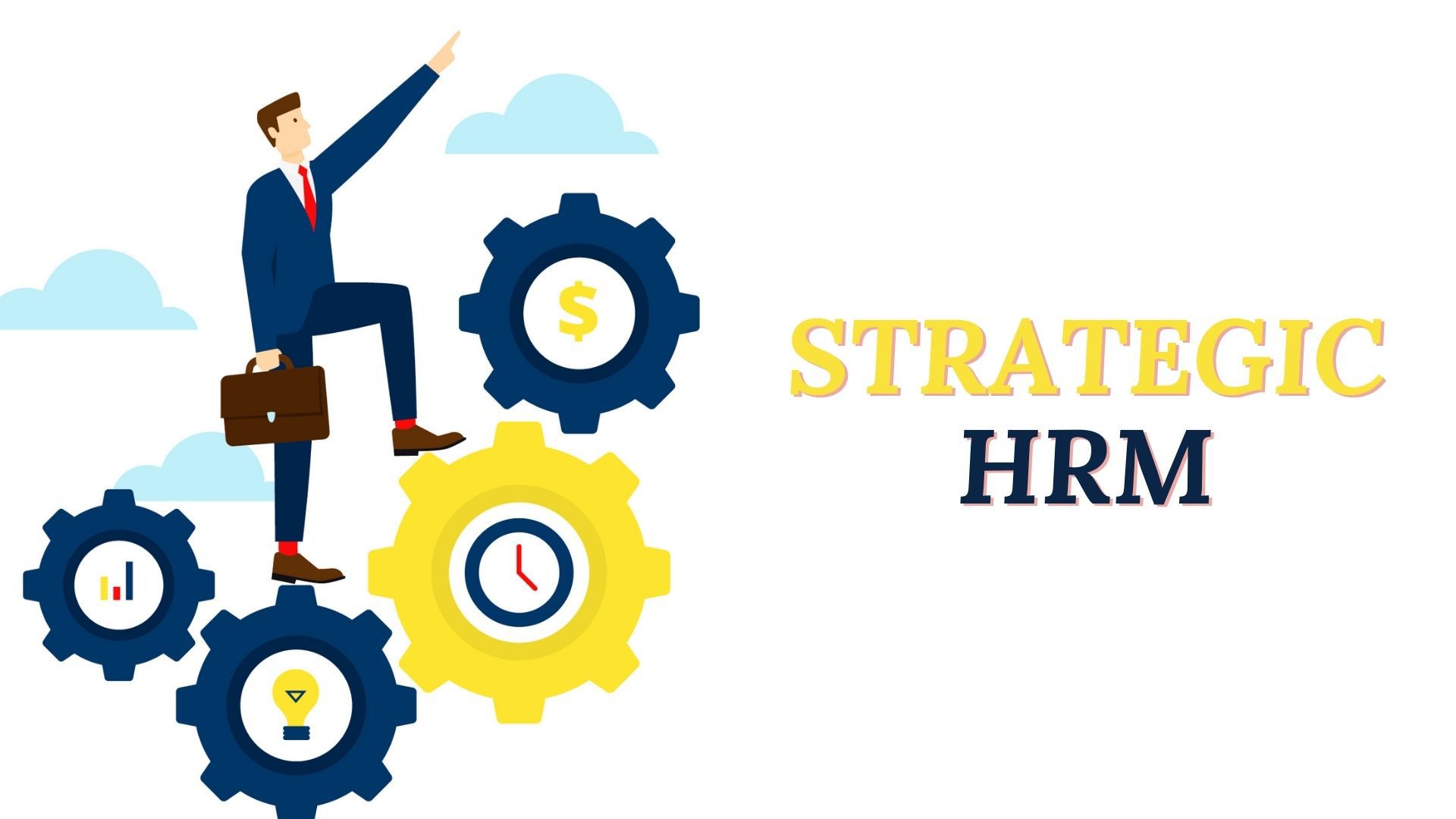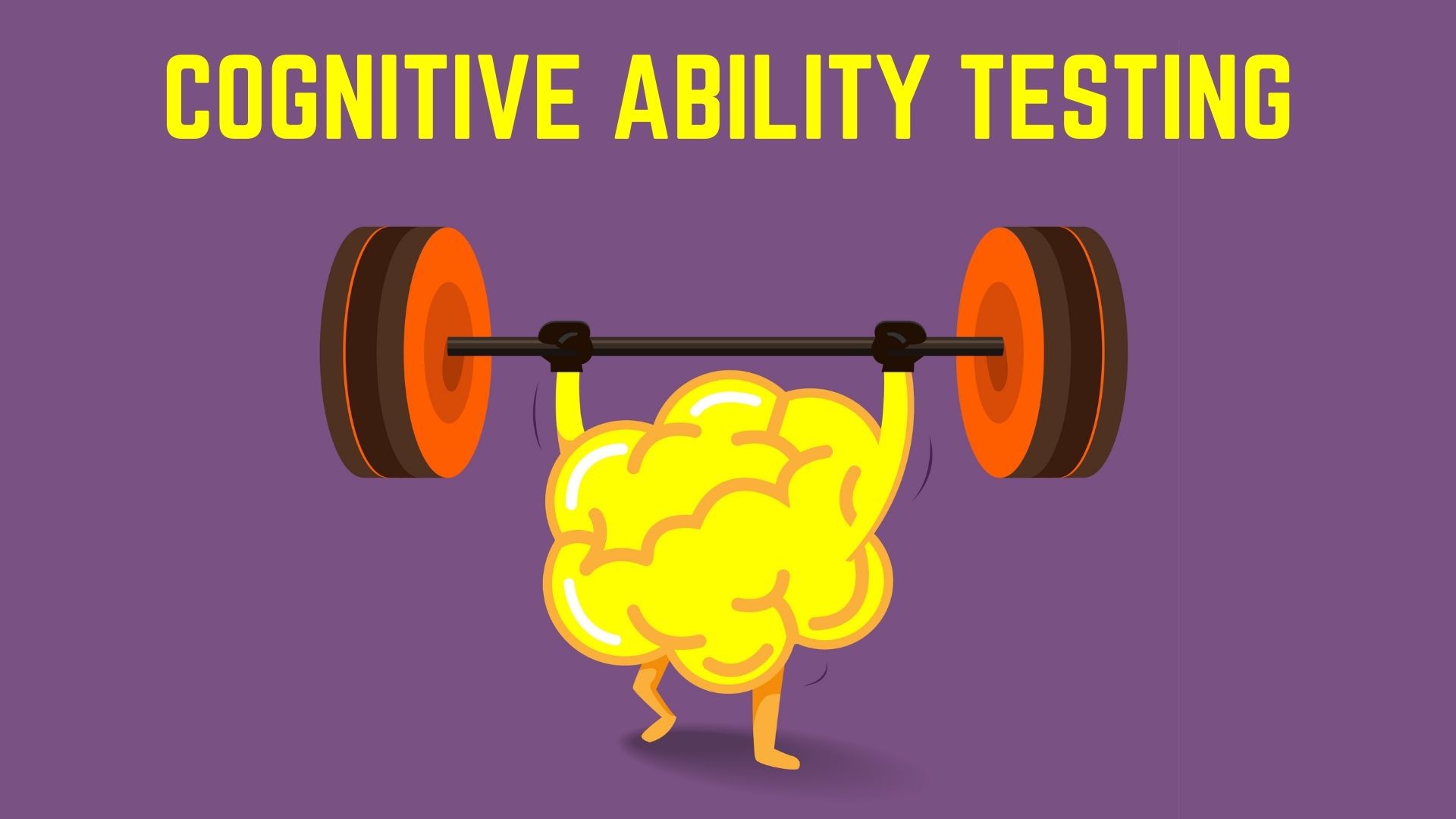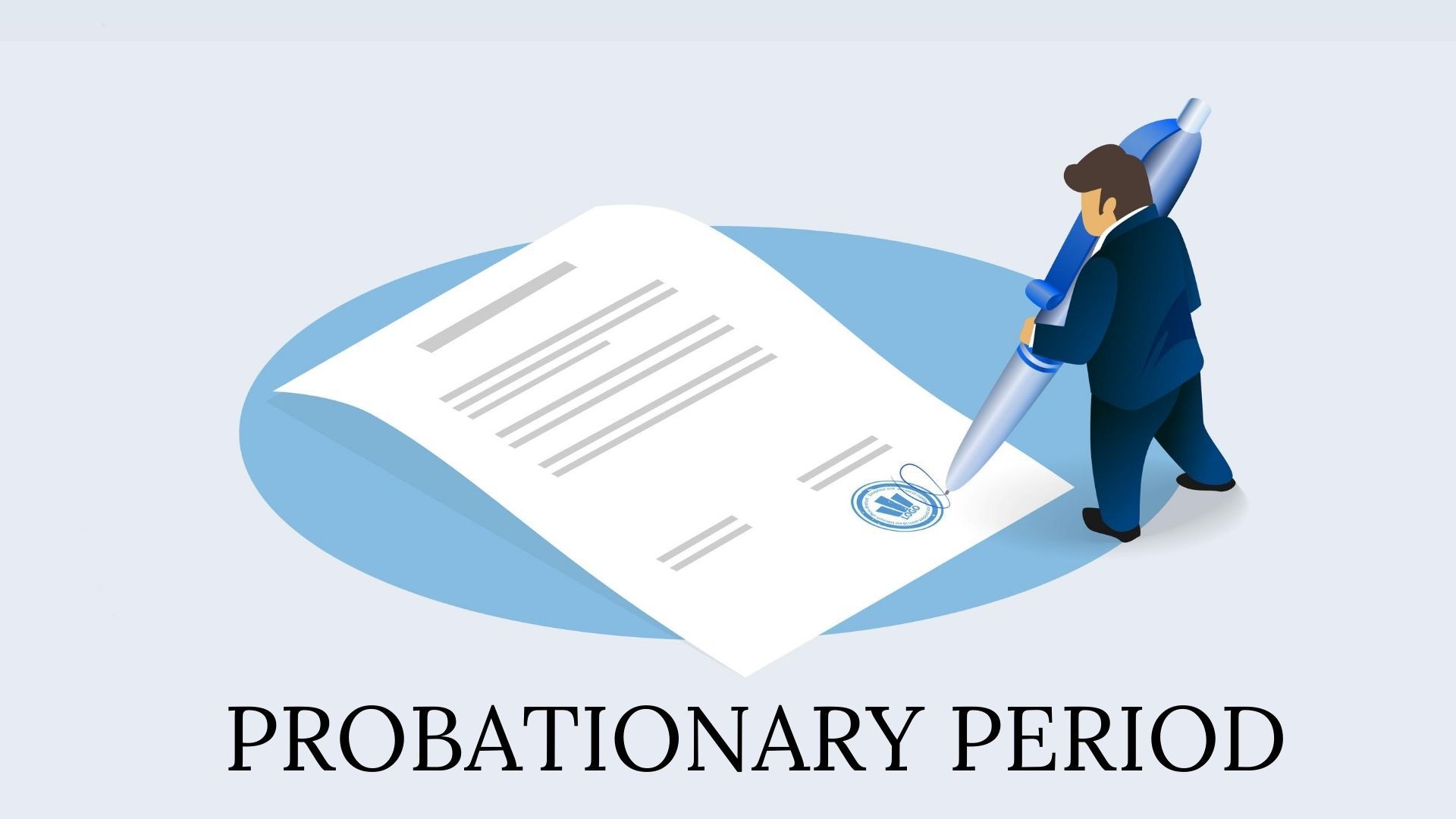Human capital management is a process of hiring, retaining, managing, training, and upgrading the skills of the workforce for the growth and development of an…
Human Resources
Human resources management is a critical function for any organization as the right people in the right place can make a huge difference. All HR related articles are covered this category.
Training Needs Assessment -Definition, Meaning, Advantages and Disadvantages
Definition: Training needs assessment is a process that identifies the present level of knowledge, skill, and competency and compares it with the required or established levels…
Performance Bonus – Meaning, Usage, Advantages and Disadvantages
Performance bonus is defined as a type of compensation that an organization provides to its employees who go beyond the scope of regular working hours…
Incentive Plan – Definition, Types, Features, Advantages and Disadvantages
An incentive plan is a formal scheme to encourage specific action and behavior and motivate a group or individual performance. Incentives are found to be…
Informal Learning – Definition, Meaning, Types, and Examples
Definition: Informal learning is the learning that takes place outside of a formal and structured environment. It is a learning style where it is the…
Outcome Evaluation – Meaning, Strategies, Characteristics, Advantages & Limitations
Definition: Outcome evaluation is a process where the final result is measured with a systematically conducted assessment. This type of evaluation is governed by a…
Performance Measurement – Techniques, Advantages and Disadvantages
Performance measurement is a process where valuable information about the performance of a system, group, individual, or organization is gathered, analyzed, and reported. It is…
360-Degree Feedback – Definition, Meaning, Benefits and Weaknesses
360-degree feedback is a process to collect feedback from several sources like the supervisor, colleague or juniors of an employee along with the customers, vendors,…
Employee Relations | Definition, Meaning Importance and Advantages
Employee relations is a part of human resource strategies that are specially created to ensure effective use of human resources to accomplish the goals, mission,…
Employee Relationship Management – Definition, Meaning, Functions
Employee relationship management is often known as ERM and is a system that encourages the relationship between an employee and the organization. This platform integrates…
What is Benefits Administration? Definition and Steps
Benefits administration is defined as a process that creates, updates, and manages its benefits in an organization. It is a human resource function that includes…
What is Corporate Training? Types and benefits
Corporate learning is defined as activities that are specifically designed to educate the employees in an organization. It is also referred to as workplace learning,…
Peer Mediation | Purpose, Process, Types and Characteristics
Definition: Peer mediation is defined as a type of conflict resolution based on a negotiating and mediation approach or a combination of both. It is usually…
Human Resource Planning or HRP – Objectives, Importance and Steps
Human resource planning is defined as a managerial function that ensures the manpower requirements of an organization are met at the right time with the…
Top Performer – Definition, Meaning and Characteristics
Top performers are the employees that every organization desires to hire. Having such employees in your organization ensures the success and profitability of the organization….
What is Job Orientation? (with Purpose & Preparation)
Curious about what is job orientation? Want to know why new employees go through Employee Orientation Program? Then the first thing you need to understand…
17 Common Barriers to Employment You Should Know
An organization needs its employees to carry out its work and boost the productivity and efficiency of a workplace. The workforce is an integral part…
What is Competing Values Framework?
The competing values framework is a theory that has been useful in understanding and organizing individual as well as organizational phenomena. It includes theories related…
What is Recruitment Process Outsourcing (RPO) Concept?
Recruitment process outsourcing or RPO revolves around practices in which employers hire an external service provider for handling and managing all the recruiting tasks. RPO…
What is a Behaviorally Anchored Rating Scale (BARS)?
Behaviorally Anchored Rating Scale is defined as a measuring system that is utilized for a performance-based rating of the employees. What is the Behaviorally Anchored…
Flextime Definition – Terms, Instructions, Pros and Cons
Flextime revolves around a non-customary work-scheduling practice that permits full-time employees or workers to pick their specific entry and exit times inside some specific limits…
What is Downsizing? Definition, Working and Examples
Downsizing alludes to the processes involved in reducing the operational expenses of a business by reducing the size of the workforce and opting for plant…
What is Casual Employment? Definition and Importance
In a casual employment setup, an employer offers a job to an employee when it is needed, just for a limited time. Companies hire casual…
What is Gross Misconduct? Definition and Examples
Gross misconduct refers to an act that is so grave that it results in the instant dismissal of the employee in the organization and that…
What is a Notice Period? (Complete Guide)
The notice period is the time interval in which an employee has to work in his job position after he has resigned from his company….
Human Relations: Meaning, Importance and Advantages
Human relations are defined as the relationship between people, especially in a professional context. It is an integral part of career success and relates to…
What is Net Salary? Meaning and Calculation
Net salary is the amount that is paid by an employer to his workforce against the services they perform for him. It is paid regularly…
What is Outplacement? Definition and Benefits
Outplacement is defined as a support service that is offered to former employees so that they can search for other employment opportunities. The organizations often…
What is Pay Equity? Definition, Characteristics and Benefits
One of the most simple pay equity definitions is equal pay for work of equal value. Pay Equity is the level to which the employee’s…
What is Salary Grade? Definition, Working and Advantages
What is the salary grade? A salary grade is a level of predetermined compensation for a specific position in the organization. The levels are set…
What is Volunteerism? Definition, Examples, Tips and Advantages
The act or practice of doing volunteer work in community service – Merriam Webster. Definition Volunteerism is defined as a concept or practice of offering…
7 Steps to Create Strategic HRM (Human Resource Management)
Strategic HRM or Strategic Human Resource Management is a process of attracting talent and then retaining, rewarding, and developing them so that at the end…
What is Job Crafting? Definition, Types and Advantages
Job crafting is defined as a process where the employees tend to make effective changes in their job designs so that it can result in…
The Complete Guide to Employee Engagement Strategy
Employees are one of the essential resources of an organization. Companies spend a lot in the recruitment, hiring, and training process of their employees. Therefore,…
Attrition: Definition, Working, Types, Pros and Cons
As a workforce, talent, or human resource management process, attrition revolves around the deliberate downsizing of the workforce or employees via retirement, resignation, sickness, or…
What is Employee Satisfaction? And 5 Ways to Improve it
Companies opt for different strategies to improve the productivity of the organization. However, one aspect, i.e., employee satisfaction, which is directly related to the organization’s…
Cognitive Ability Testing: Definition, Characteristics & Working
Curious to know what is cognitive ability testing? Do you want to know why some of the leaders and psychologists suggest working upon cognitive abilities…
Job satisfaction: Definition, Key factors and Advantages
What is Job Satisfaction? Job satisfaction is defined as the level of contentedness that an employee has towards his job. It is a positive feeling…
Probationary Period: Definition, Tips and Advantages
The probationary period is defined as a time given to new employees in an organization to evaluate their suitability for the hired position. It helps…
Cultural Intelligence: Meaning, Components & Advantages
Cultural intelligence is defined as the ability of an individual to survive and cope in a multicultural environment. It is a widely accepted term that…

